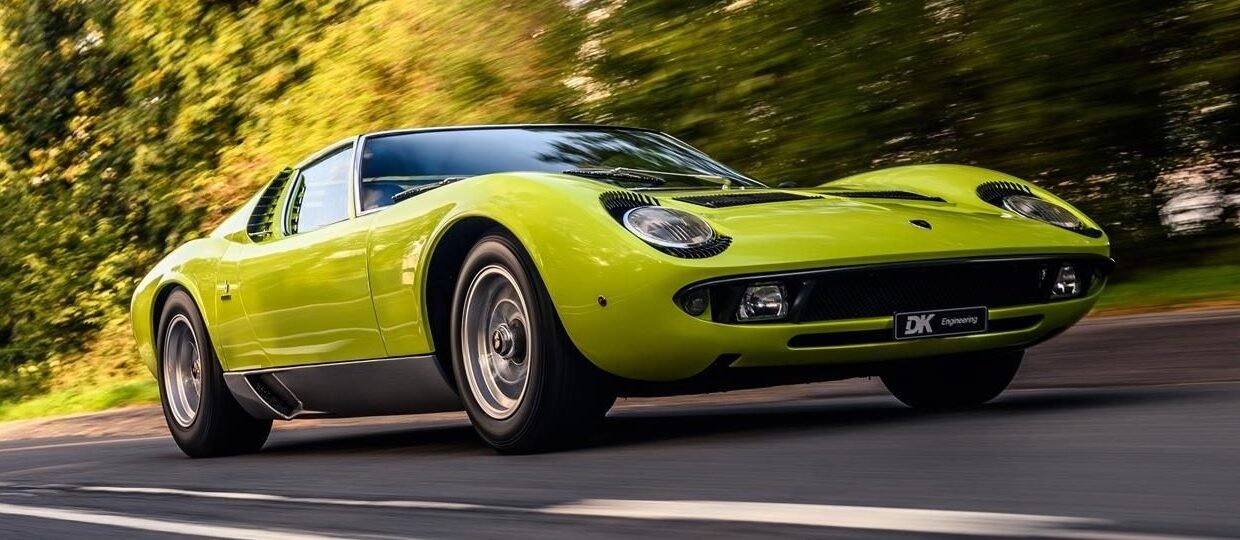Exploring the Fascinating Car in the World. The automotive industry is a realm filled with innovation, style, and nostalgia. Cars have come to symbolize freedom, speed, and social status. This essay will explore two contrasting categories of automobiles: the ten coolest cars ever made and ten cars that, surprisingly, fail to capture public interest. Additionally, the discussion will highlight current trends and news in the automotive world, particularly focusing on electric vehicles and automotive technology. Moreover, most FAQs about these vehicles will also be addressed to provide a comprehensive overview of this exciting subject.
The Definition of “Cool” in Cars: Car in the World
Determining what makes a car “cool” can be subjective, influenced by factors such as design, performance, rarity, historical significance, and cultural impact. Cool cars often make an emotional connection with enthusiasts and the general public, evoking admiration and longing. Such cars frequently feature eye-catching aesthetics, advanced technology, and a reputation built through motorsport or celebrity associations. On the contrary, cars that hardly capture anyone’s attention often lack originality, are overly practical, or simply do not evoke the same thrill. Exploring the Fascinating World of Cars: The Coolest and the Overlooked
The 10 Coolest Cars Ever Made: Car in the World
1. Bugatti Veyron: Car in the World
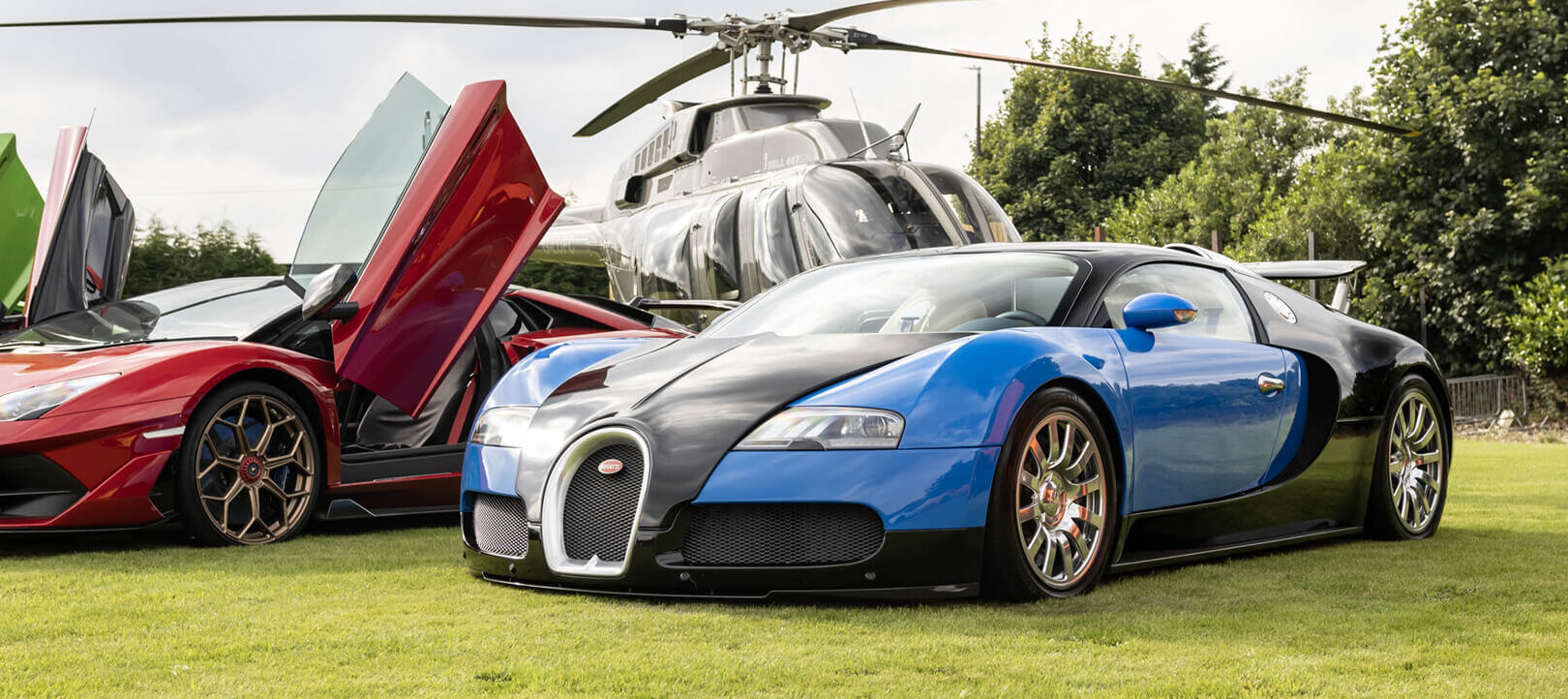
One cannot discuss the coolest cars without mentioning the Bugatti Veyron Car in the World. This hypercar redefined speed with a top speed of over 250 mph, powered by an 8.0-liter quad-turbocharged W16 engine producing a staggering 1,001 horsepower. The Veyron’s sleek, aerodynamic design, combined with its luxurious interior, makes it the embodiment of automotive excellence and exclusivity Car in the World (James Tate, 2022).
2. Lamborghini Miura: Car in the World
Introduced in the 1960s, the Lamborghini Miura is often credited with being the first supercar. Its breathtaking design and mid-engine layout pioneered a new era of performance Car in the World. With its 4.0-liter V12 engine and curvaceous body, the Miura remains a symbol of automotive artistry, embodying both elegance and raw power.
3. McLaren F1: Car in the World

The McLaren F1, revered for its innovative engineering and performance, has been hailed as one of the greatest sports Car in the World of all time. Equipped with a 6.1-liter BMW V12 engine, it was capable of reaching 240 mph. The F1’s unique three-seat configuration further distinguishes it, turning heads wherever it goes (James Tate, 2022).
4. Ferrari F40: Car in the World
Celebrated as one of Ferrari’s most iconic models, the F40 was the first production Car in the World to break the 200 mph barrier. Its lightweight construction, turbocharged V8 engine, and no-frills design reflect the ethos of a true supercar. The F40 continues to be a favorite among collectors and enthusiasts in the automotive community.
5. Porsche 911: Car in the World
The Porsche 911, in its various iterations, has cemented its place in automotive history as one of the most enduring luxury sports cars. A blend of performance, practicality, and iconic design, the 911 has captivated car lovers for generations. Its rear-engine layout and distinctive silhouette make it instantly recognizable (James Tate, 2022).
6. Aston Martin DB5: Car in the World
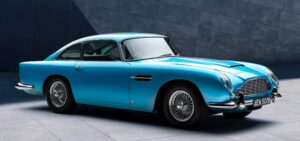
Made famous by its association with James Bond, the Aston Martin DB5 is a timeless classic. Elegantly designed with a powerful inline-six engine, it exudes sophistication and style. The DB5’s cultural significance as Bond’s car has ensured its revered status in the automotive realm.
7. Ford Mustang: Car in the World
The Ford Mustang isn’t just a car; it’s a cultural phenomenon. First introduced in 1964, the Mustang personifies American muscle and freedom. Its powerful engines, aggressive styling, and legendary racing history contribute to its ongoing popularity Car in the World (James Tate, 2022).
8. Tesla Model S: Car in the World
As the Car in the World that revolutionized the electric vehicle market, the Tesla Model S combines cutting-edge technology with high performance. With impressive acceleration and an expansive range, it has made electric cars exciting and desirable. The Model S showcases Tesla’s commitment to pushing the boundaries of automotive innovation.
9. Mercedes-Benz 300SL Gullwing: Car in the World
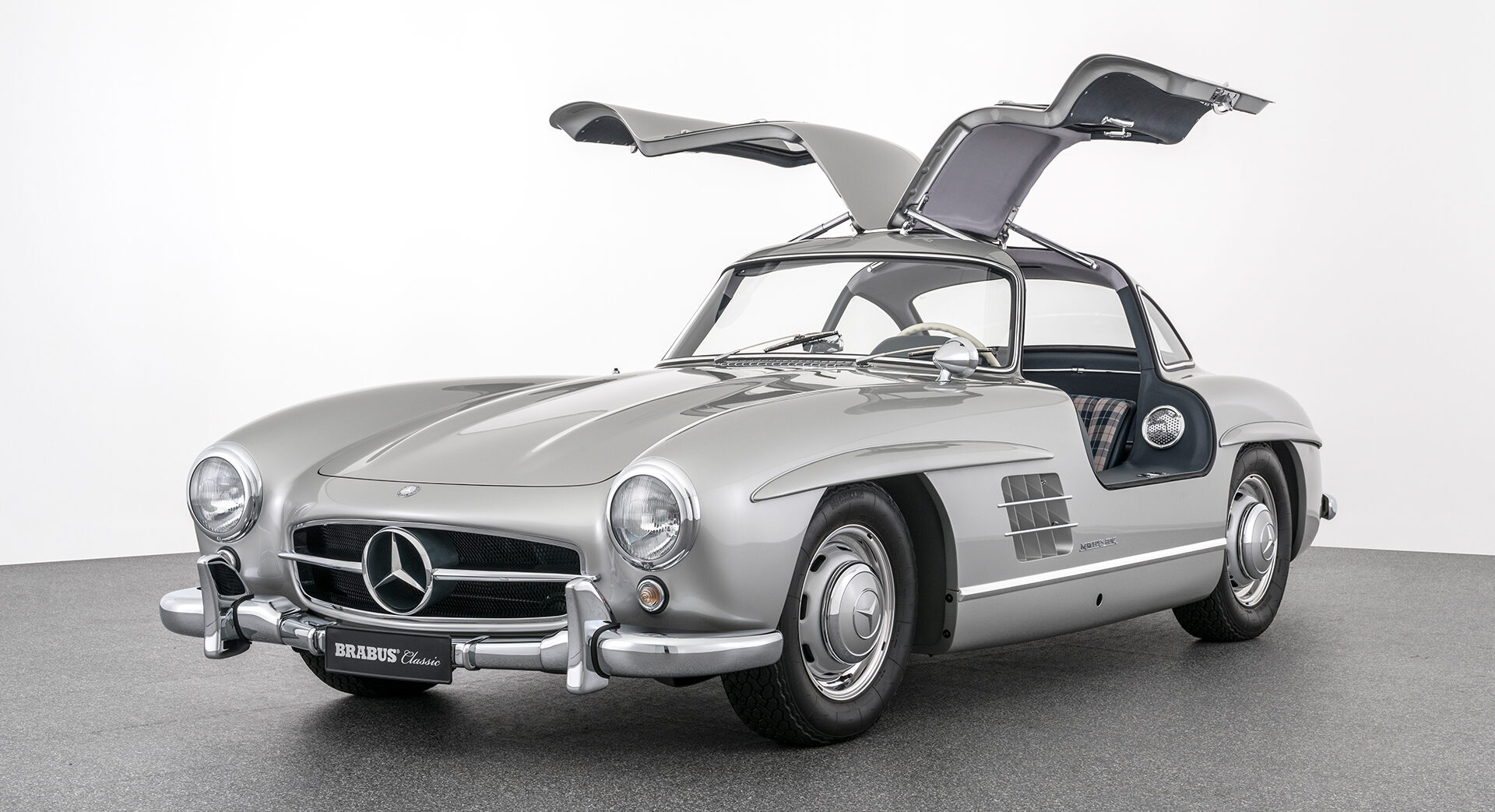
Renowned for its iconic gullwing doors, the Mercedes-Benz 300SL is a masterpiece of design and engineering from the 1950s. Its lightweight aluminum body and sleek lines continue to captivate collectors and enthusiasts alike. With a top speed of 161 mph, it set a standard for sports Car in the World of its time (James Tate, 2022).
10. Dodge Viper: Car in the World
The Dodge Viper is unapologetic in its design and fearless performance. Launched in the early 1990s, it features a massive V10 engine and a simplistic interior focused solely on driving experience. Its raw power and aggressive styling have captivated the hearts of many Car in the World lovers.
The Cars That Nobody Cares About:
While some cars evoke excitement and admiration, others fail to make an impact and have relatively low popularity. The following ten Car in the World are examples of those that might be overlooked.
1. Fiat 500L:
Despite being an attempt at bringing retro flair to the modern market, the Fiat 500L has struggled to engage consumers. Its boxy shape and lack of power compared to its competitors make it an unexciting option. Additionally, Fiat’s overall branding has struggled to resonate with American buyers.
2. Dodge Dart
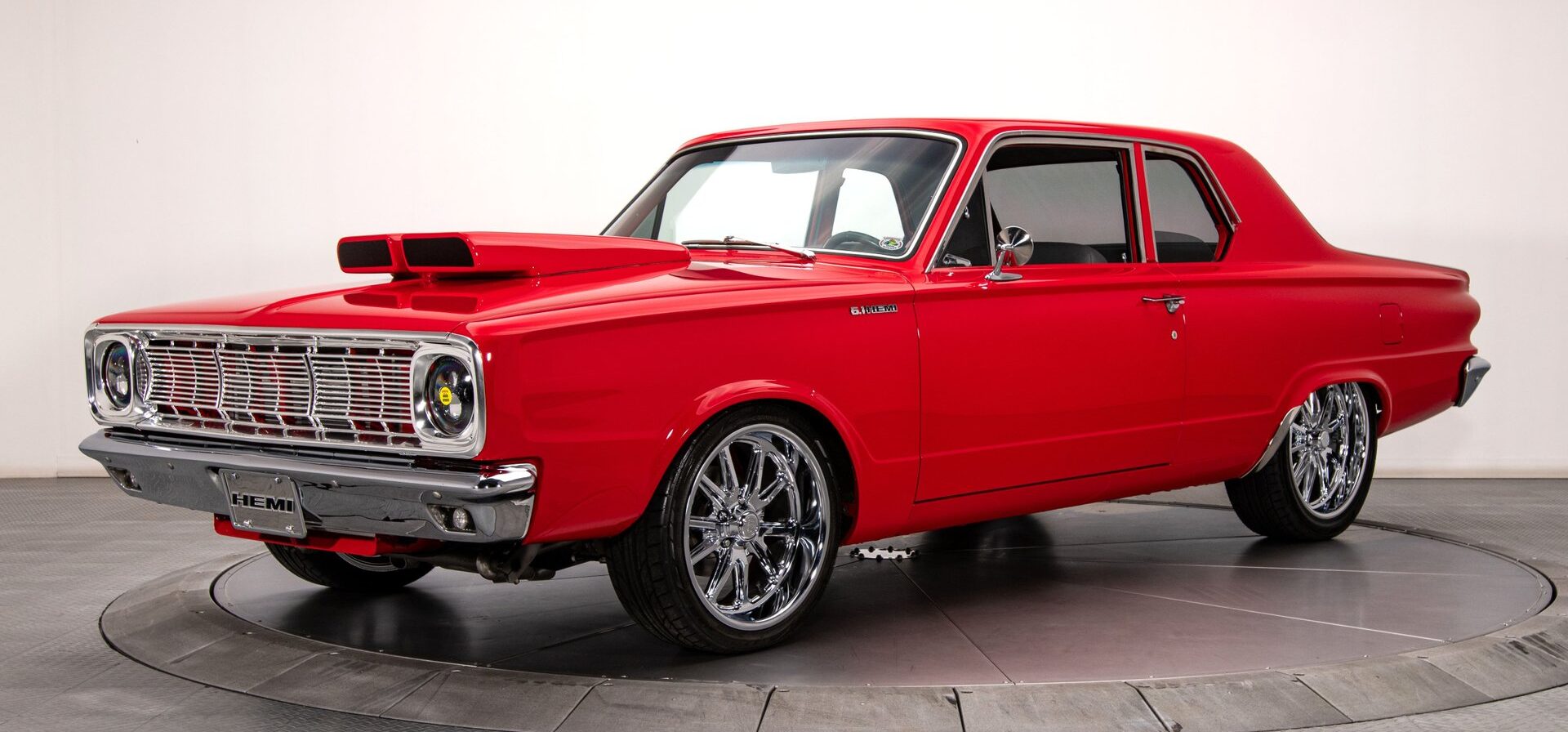
Given that production of the Dodge Dart ended in 2016, it received little attention both during and after its run. Not particularly exciting in its styling or performance, and not a market leader within its sedan category, the Dart has failed to capture consumer interest.
3. Acura RLX
This luxury sedan from Honda’s premium brand failed to garner attention, mainly due to a lack of distinctive features that would set it apart from luxury competitors like the BMW 5 Series. The RLX remains obscure in consumer discussions about luxury Car in the World.
4. Chevrolet Spark
The Chevrolet Spark is notorious for its uninspiring design and minimal performance specifications. While affordable, its bland features and underwhelming driving experience contribute to its status as a Car in the World that often goes unnoticed.
5. Jeep patriot:
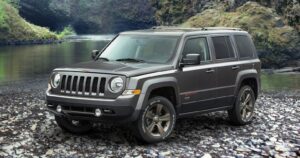
Although it carried the Jeep badge, many viewed the Jeep Patriot as a weak entry in the compact SUV market. Launched in 2007, its awkward design and limited capability in off-road settings led to a lack of consumer enthusiasm.
6. Volkswagen Eos
The Volkswagen Eos, a convertible model released in the 2000s, failed to stand out among a crowded market, especially with competitors like the Ford Mustang convertible. Its limited appeal contributed to its withdrawal from markets due to low sales figures.
7. Toyota Avalon
The Toyota Avalon has faced declining popularity as consumer preferences shift towards SUVs and crossovers. Although it offers comfort, spaciousness, and reliability, these attributes fail to generate excitement among younger Car in the World buyers (Diminished Value Carolina, 2024).
8. Subaru Legacy
Despite being a solid sedan with all-wheel drive as a standard feature, the Subaru Legacy often gets overshadowed by the more popular Outback. Its lack of distinguishing features and uniqueness contributes to its low visibility in the market (Joseph Santos, 2024).
9. Hyundai Elantra GT

The Hyundai Elantra GT, while a capable hatchback, doesn’t attract the same level of enthusiasm as its sedan counterpart. Consumers often overlook it in favor of more exciting options available in the compact market..
10. Chrysler 200
The Chrysler 200 suffered from mixed reviews during its production run and ultimately lost consumer interest due to intense competition from more desirable vehicles in the compact sedan category. Its lack of innovation and design appeal led to its demise.
Current Trends and Innovations:
The automotive landscape is currently characterized by significant changes, primarily driven by advancements in electric vehicles (EVs) and autonomous driving technologies. As concerns over climate change and sustainability grow, electric cars have surged in popularity, and manufacturers like Tesla, Ford, and Volkswagen are investing heavily in EV production.
Recent news indicates that electric vehicles now account for nearly 9% of light-duty vehicle sales in the U.S., illustrating a major shift in consumer preference (Eric Walz, 2024). Furthermore, major automakers are racing to develop autonomous driving technologies. Reports highlight that some companies, including Tesla, have made considerable progress toward self-driving capabilities.
This increased interest in electric vehicles has also led to collaborative efforts among automakers to expand EV infrastructure. Toyota recently announced its significant investment in the Ionna EV charging network, collaborating with seven other automakers to ensure extensive EV charging stations are available across North America by 2030 (Stephen Edelstein, 2024).Innovations in battery technology are also paving the way for more practical and efficient electric vehicles. QuantumScape has reported promising developments in solid-state battery technology, which is expected to allow electric cars to travel significantly longer distances on a single charge.
FAQ Section:
What makes a car cool?
A cool car typically has unique design elements, impressive performance figures, historical significance, and cultural impact. It evokes emotion and admiration among enthusiasts and the general public (Dean Gibson, 2019).
What factors contribute to a car being unnoticed by consumers?
Cars that fail to stand out may lack innovative features, exciting designs, or excellent performance specifications. Additionally, practicality without flair tends to overshadow them in a competitive market.
Why are electric vehicles becoming more popular?
Electric vehicles are gaining traction due to their environmental benefits, advancements in battery technology, lower running costs, and increasing availability of charging infrastructure (Eric Walz, 2024).
How does the automotive industry view autonomous vehicles?
The industry’s perspective is mixed. While most automakers are investing in autonomous technology, there is skepticism about safety and regulatory challenges tied to its widespread adoption (Beth McLoughlin, 2023).
Which car models are seen as iconic?
Models such as the Bugatti Veyron, Lamborghini Miura, and Porsche 911 have earned iconic status due to their design, performance, and cultural associations. These vehicles evoke deep appreciation and are often highlighted in discussions about automotive excellence.
What are some recent trends in the automotive industry?
Key trends include the rising shift toward electric and hybrid vehicles, developments in autonomous driving, increased collaborations for EV infrastructure, and advancements in battery technology to enhance performance and range (Stephen Edelstein, 2024).
Conclusion:
The automotive industry provides a vivid landscape characterized by passion, innovation, and culture. From the coolest cars that ignite enthusiasm to the more mundane models that barely turn heads, each vehicle plays a role in shaping consumers’ perceptions of mobility and transportation. Current trends firmly point toward electric vehicles and autonomous technology becoming the norm, reflecting societal shifts toward sustainability and advanced technology. As we anticipate future developments in automotive design and engineering, one thing remains certain: the fascination with cars, both cool and uncared for, will persist as a significant aspect of our modern lives.

